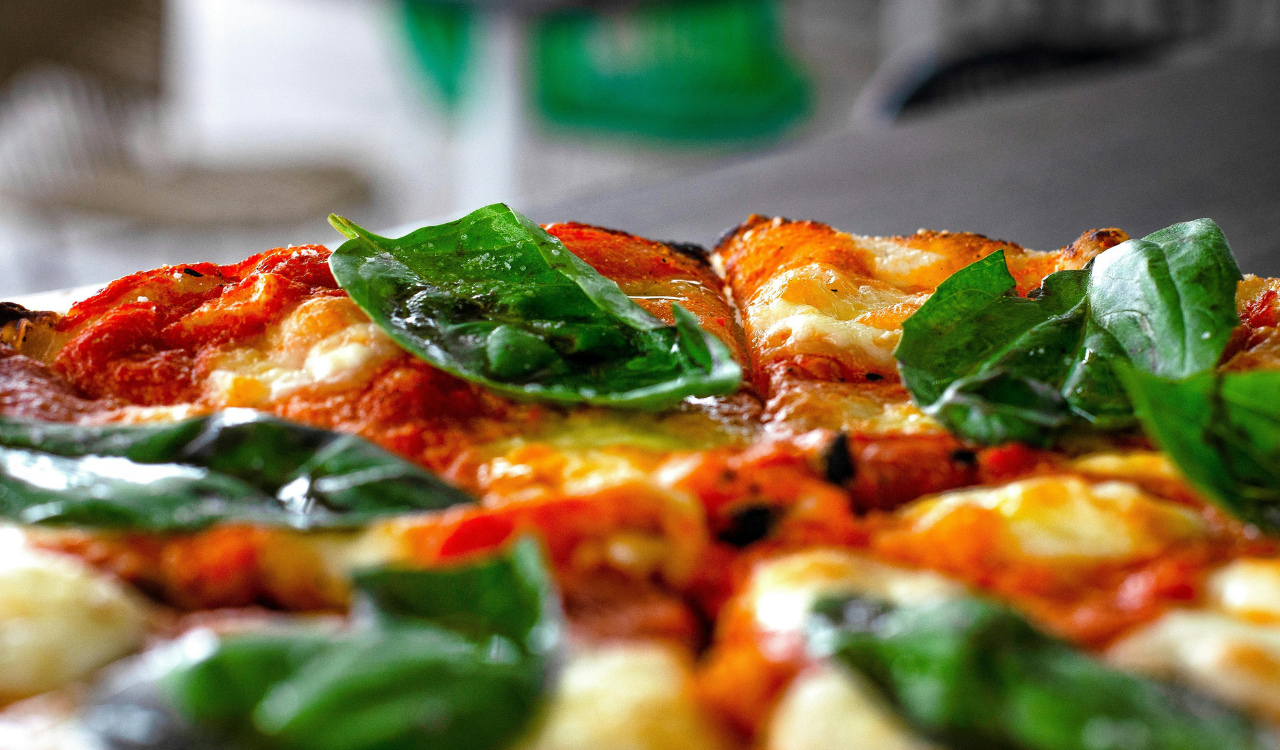8 White Almond Cakes Inspired by Mary Todd Lincoln (Modern Swaps)

Mary Todd Lincoln’s beloved white almond cake has stood the test of time because it’s simple, elegant, and full of character. What made it special in the 1800s still matters today: tender crumb, subtle almond flavor, and a sense of celebration baked into every slice. But modern bakers have more tools, from alternative flours to dairy-free milks and refined sugar swaps, that make the classic recipe accessible to every table. These updates keep the integrity of her original cake while making it lighter, adaptable, and suited for today’s kitchens.
1. Almond Flour + Coconut Flour Blend for a lighter, gluten-reduced crumb
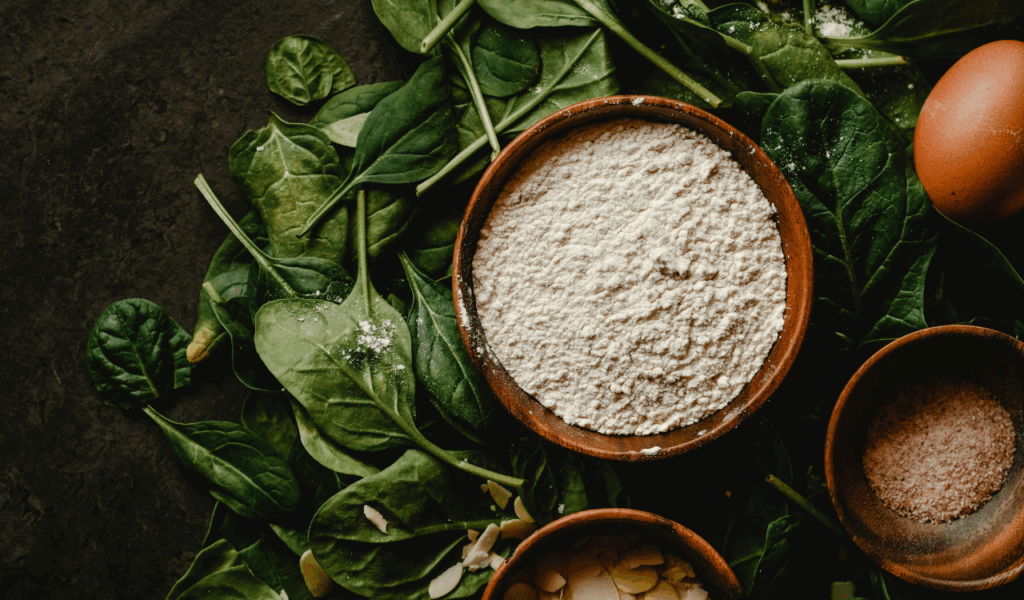
Think of this swap as a preservation and upgrade at once. Almond flour keeps the cake’s nutty character front and center while contributing moisture and a tender crumb. Adding a small proportion of coconut flour helps absorb some of that extra moisture and gives structure because almond flour alone can produce a dense result. Use roughly 70 percent almond flour to 30 percent coconut flour by weight, and reduce the liquid slightly compared with an all-wheat recipe. Because these flours behave differently, whisk them well with the leavening and temper the batter gently to avoid collapse.
2. Monk-Fruit or Honey as a sugar substitute for lower refined sugar

Swapping refined sugar for monk-fruit or using honey keeps sweetness but changes texture and flavor in useful ways. Monk-fruit is a noncaloric sweetener that blends cleanly and preserves the cake’s pale color, though it can reduce browning, so the top may look paler than a sugar-baked cake. Honey brings a nuanced floral note and retains moisture, which is helpful in almond-rich batters. If using honey, reduce liquids slightly and lower oven temperature by about 25 degrees Fahrenheit to prevent over-browning. When replacing sugar with a concentrated sweetener like monk-fruit, consult conversion ratios and expect a slightly altered mouthfeel.
3. Almond Milk or Oat Milk instead of whole milk for dairy-light versions
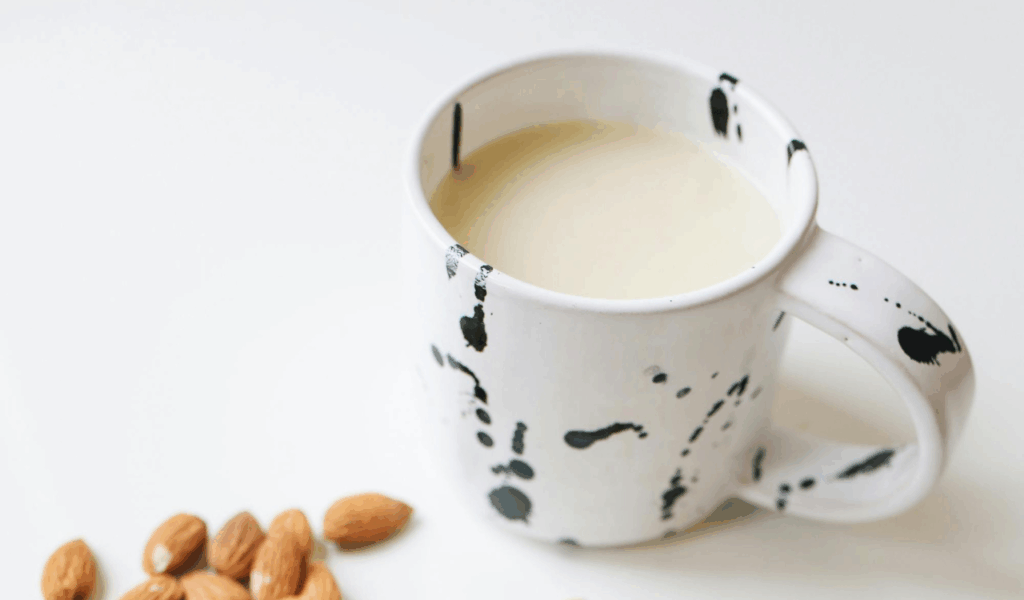
Switching to almond milk or oat milk keeps the almond profile coherent while making the recipe lighter on dairy. Almond milk lends a complementary nutty hint that enhances the cake’s almond notes without making the batter heavy. Oat milk adds creaminess and a natural sweetness, which can help if you’ve reduced refined sugar. Because plant milks are generally thinner than whole milk, stabilize the batter by either adding a tablespoon of yogurt or a touch more egg white or reducing other liquids slightly. Both milks behave predictably in baking and allow the cake to remain tender while accommodating lactose intolerance or dairy-free preferences.
4. Egg Whites + Aquafaba mix for a vegan adaptation
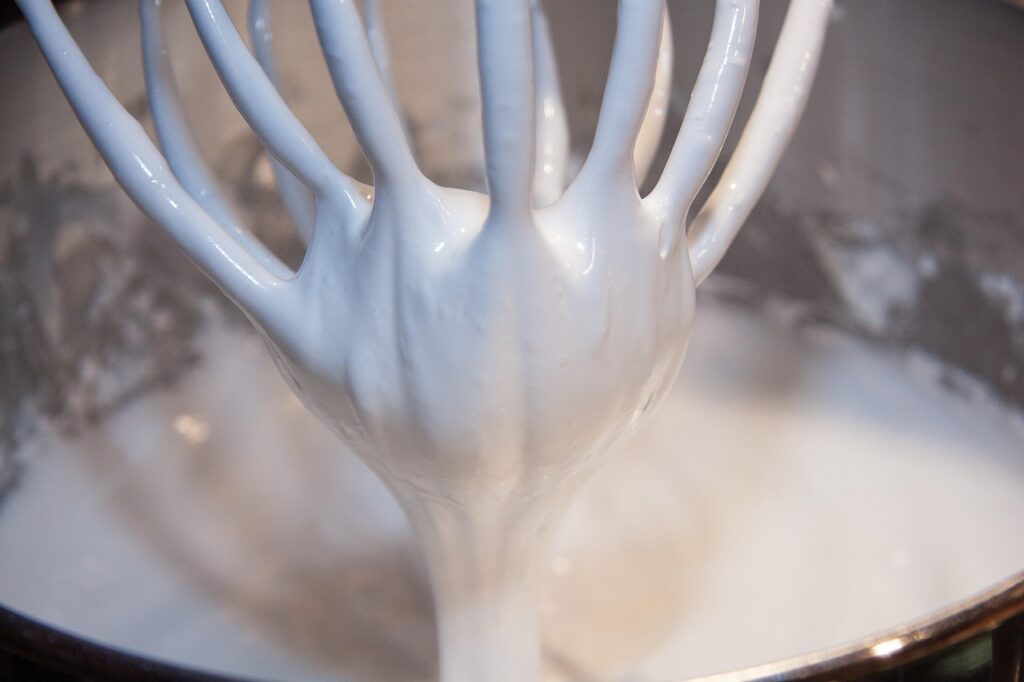
Preserving lift and silkiness without eggs calls for a smart protein strategy. Egg whites provide structure and volume but aren’t vegan. Aquafaba, the viscous liquid from cooked chickpeas, mimics egg white foam in many applications. Combine aquafaba and a plant-based egg replacer or extra aquafaba whipped to soft peaks to replicate the aeration of whipped whites in the original white almond cake. Add a tablespoon of vinegar or lemon juice to stabilize the foam. Expect slightly different browning and a softer crumb, but with careful whipping and folding, you can achieve a pale, airy layer that holds its shape and lets the almond flavor shine for vegan diners.
5. Maple Syrup or Agave in place of vanilla extract for nutty sweetness

Using maple syrup or agave as a partial swap for vanilla turns the cake toward deeper, layered sweetness while keeping preparation simple. Maple syrup pairs especially well with almond, adding smoky caramel notes that echo the cake’s historic richness. Agave provides a neutral, clean sweetness with less impact on color. Replace about 25 to 30 percent of the liquid sugar or reduce liquid elsewhere when using syrups to avoid a too wet batter. Because these sweeteners add moisture, they help the cake stay tender and fresh for longer, which is handy for make-ahead celebration baking. Use sparingly so you don’t mask the subtle almond aroma.
6. Light Butter + Olive Oil blend for a softer fat profile
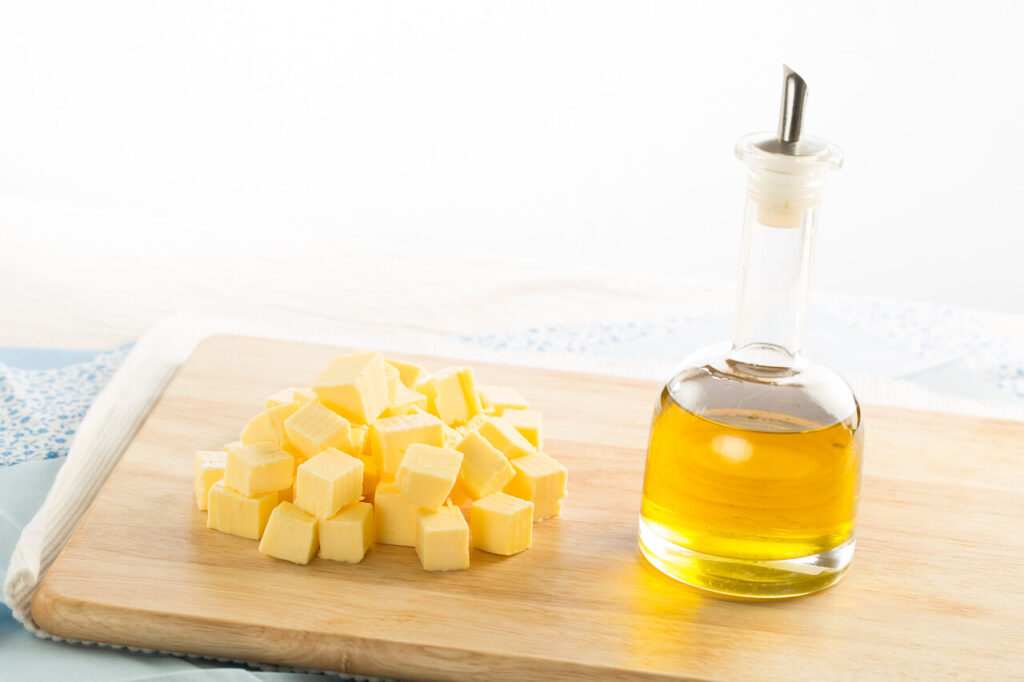
Combining light butter with a neutral extra virgin olive oil creates a fat matrix that offers flavor and tenderness while modernizing the cake’s profile. Butter contributes aroma and mouth coating richness, while olive oil keeps the crumb moist and lends a subtle fruity background that complements the almond. Use a ratio of 60 percent butter to 40 percent oil by fat weight to maintain baking chemistry. Chilling the batter slightly before baking can help the cake rise evenly because oil reduces structural rigidity. This swap preserves the cake’s decadent feel but trims saturated fat and adds a contemporary flavor note that pairs well with citrus or white chocolate finishes.
7. White Chocolate Ganache with 50 percent cocoa for a rich yet modern topping
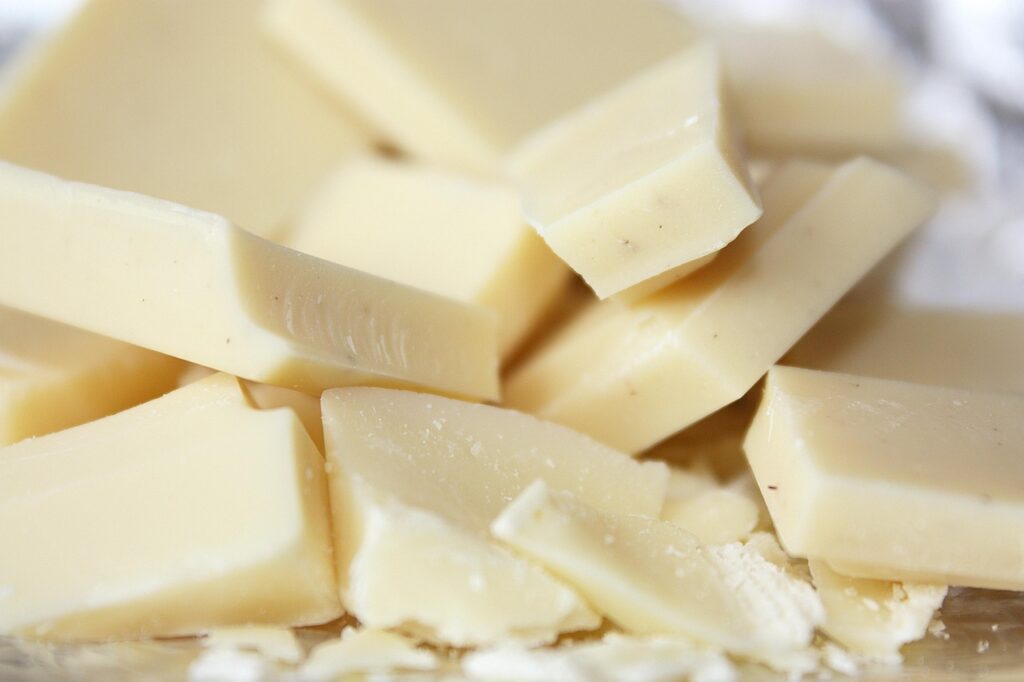
A white chocolate ganache updated to include a higher cocoa solids white chocolate or 50 percent white-chocolate blend gives you creaminess without cloying sweetness. Heat cream gently, pour over chopped white chocolate with at least 40 to 50 percent cocoa solids or use a mix of white and pale milk chocolate to balance structure, then whisk until glossy. The ganache should be pourable while warm and set to a satiny finish at room temperature. Because almond cakes are pale, the ganache provides visual drama and a luxurious mouthfeel. Use sparingly for a thin, modern glaze rather than a heavy coating so the almond flavor remains the star.
8. Citrus Zest added to the batter to brighten the almond flavor

A little citrus zest wakes the almond aromas without turning the cake citrus-heavy. Lemon or orange zest contains volatile oils that release floral brightness when warmed in batter. Zest finely and fold in during the creaming or mixing stage to distribute those oils evenly. One medium lemon or half a medium orange is usually enough for an eight to ten inch cake. Citrus balances the natural sweetness and can reduce the need for heavy glazes. Finish with a light dusting of powdered sugar or a faint lemon syrup brushed over the top after baking to intensify the aroma and keep the crumb tender.
